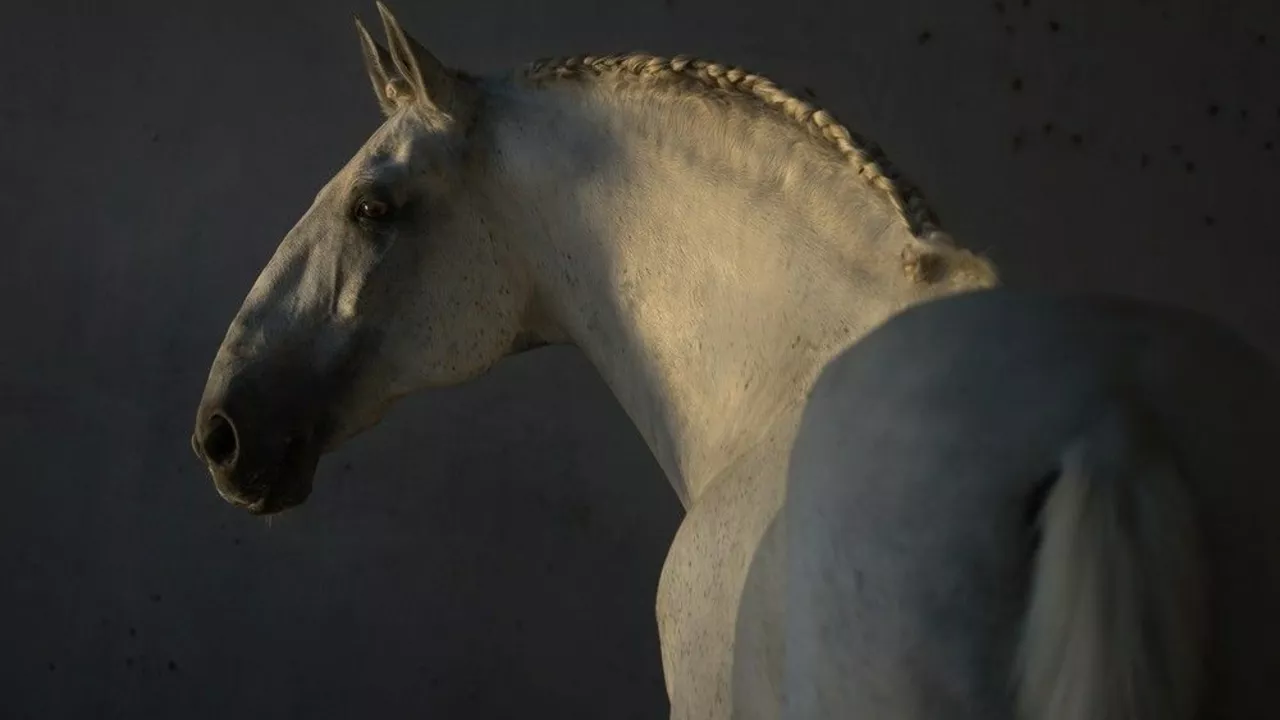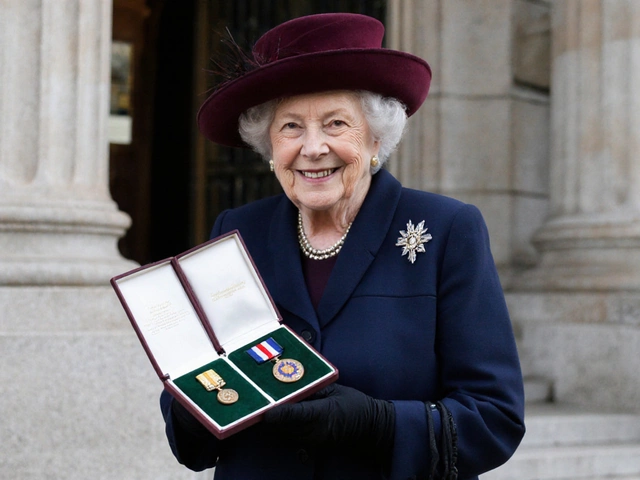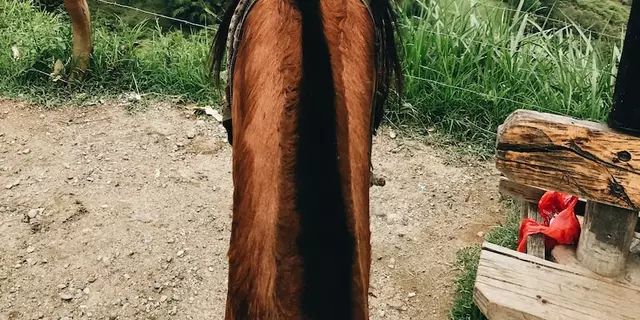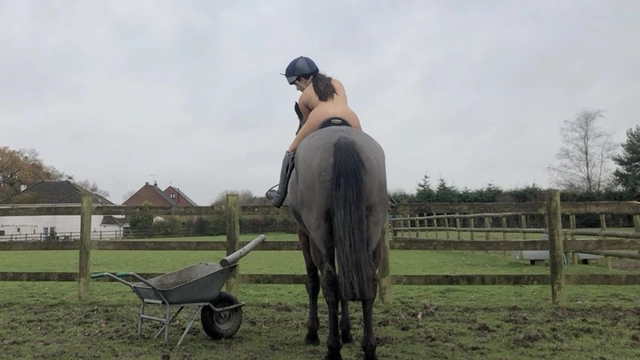What Causes Common Riding Problems?
If you’ve ever felt frustrated after a ride, you’re not alone. Most riders hit a snag at some point – a sore back, a nervous horse, or a feeling that they’re not improving. The good news? Most of these setbacks have clear, fixable causes. Below we break down the biggest reasons riders struggle and give you easy steps to turn things around.
Gear and Clothing Missteps
What you wear isn’t just about style; it directly affects safety and comfort. Wearing the wrong boots can slip, a poorly fitted helmet can shift, and an ill‑matched saddle can strain both rider and horse. Even a simple detail like a loose girth can throw your balance. The remedy is simple: invest in proper boots with a small heel, a certified helmet that fits snugly, and a saddle that matches your shape. A quick saddle fit check with a professional can save you weeks of sore muscles.
Physical Fitness and Body Mechanics
Riding uses core strength, balance, and flexibility. If your core is weak, you’ll lean too much on the horse, causing the animal to tense up. Tight hips or a stiff back can lead to an uneven seat, making it hard to cue the horse accurately. Simple daily exercises—planks, gentle yoga stretches, and light cardio—can boost endurance. Start with five minutes a day and watch your posture improve on the saddle.
Another common cause is ignoring warm‑up routines. Jumping straight into a trot without stretching can shock your muscles and increase the risk of back pain. A five‑minute walk, followed by shoulder rolls and neck stretches, prepares both you and the horse for a smoother session.
Age is often misunderstood as a barrier. Whether you’re 16 or 60, the right training plan works. Younger riders might need more discipline in core work, while older riders benefit from low‑impact cardio to keep joints supple. The key is listening to your body and adjusting intensity accordingly.
Horse behavior also plays a role. A nervous horse can mirror a rider’s anxiety. If you’re tense, the horse senses it and reacts. Learning to stay calm—through breathing exercises or short meditation before mounting—helps both of you stay relaxed.
Finally, don’t overlook the environment. Riding on uneven terrain with inappropriate shoes can cause slips, while riding in extreme weather without proper layers can lead to chills or overheating. Dress in layers, use waterproof boots if needed, and choose a trail that matches your skill level.
By identifying these root causes—gear, fitness, age perception, horse mindset, and environment—you can tackle riding problems before they snowball. Small, consistent adjustments make a huge difference over weeks, turning frustration into confidence.
Next time you head to the stables, check your gear, do a quick core activation, and take a breath. You’ll feel the change instantly, and your horse will thank you with a smoother, more enjoyable ride.



